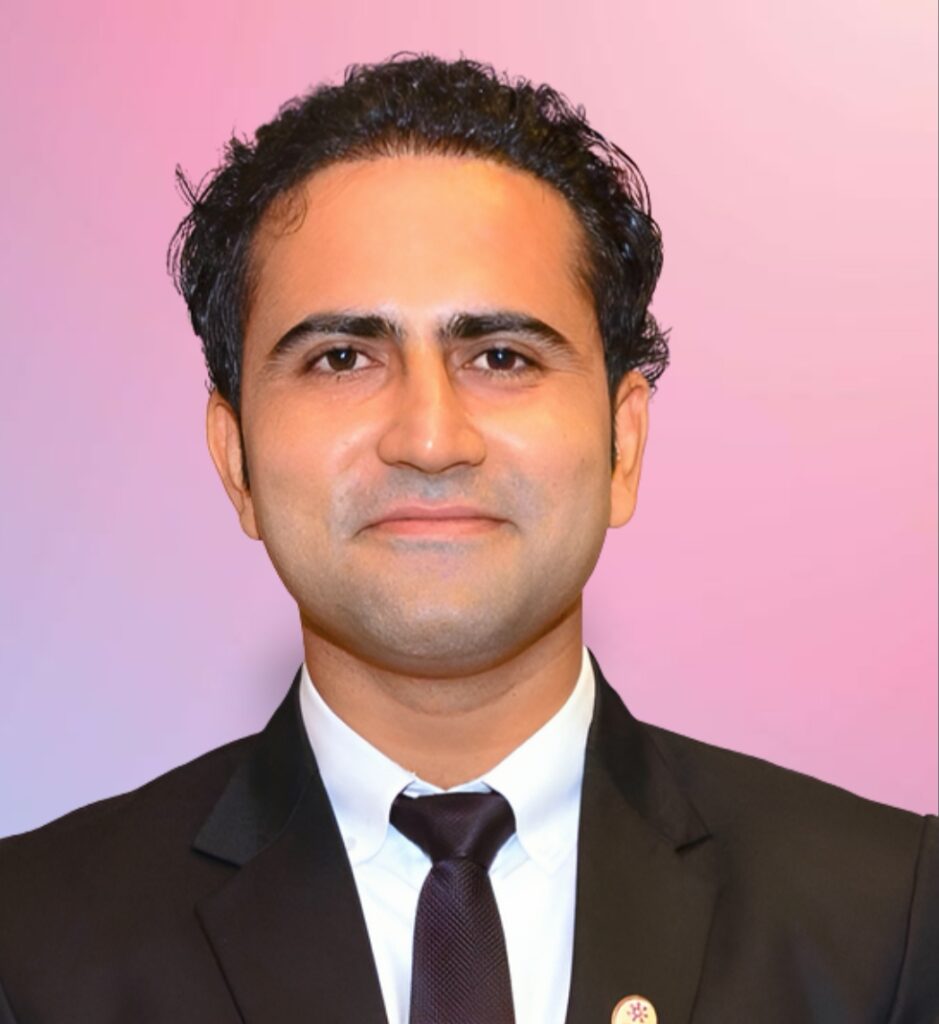In the ever-evolving landscape of healthcare, the integration of user-centered design principles is increasingly recognized as a pivotal element in the development of medical technology that genuinely addresses the diverse and evolving needs of patients. As healthcare technology becomes more sophisticated, the importance of ensuring that innovations align seamlessly with the preferences and requirements of end-users becomes paramount. In this dialogue, two experts engage in a conversation to explore the multifaceted aspects of user-centered design in the realm of medical technology, emphasizing its critical role in enhancing patient outcomes.
Let's get an inside view of Vijay who is actively involved in the commercialization efforts of innovative healthcare technologies.
Today, UserEx Consulting is privileged to have Mr. Vijay Thakkar, Sr. Business Development Manager at Niramai Health Analytix. With a background in AI in Healthcare, MedTech, Sales & Marketing, and notable experience at Becton Dickinson, Mr. Thakkar brings a wealth of knowledge to our discussion. His insights into the intersection of user-centered design and medical technology are bound to shed light on the transformative journey the industry has witnessed in the past year.

Mr. Vijay Thakkar
Sr. BD Manager – Niramai Health Analytix
Contact Number +91 90993 10105
Email id
LinkedIn Profile
https://www.linkedin.com/in/vijay-thakkar-423090140
Why is user-centered design so crucial in the development of medical technology?
User-centered design is crucial because it places the end-users, namely patients and healthcare professionals, at the heart of the design process. By understanding their needs, preferences, and challenges, we can create technologies that are not only effective but also seamlessly integrated into real-world healthcare scenarios.
From design perspective, how do you see the collaboration of all stakeholders shaping the user-centered design journey?
Collaboration is key. Engaging in thorough market research, organizing target cohort meetings, and establishing collaborative design teams ensure that the technology meets the expectations of various stakeholders. It’s about synthesizing diverse perspectives to create a solution that resonates with everyone involved.
Mr. Thakkar mentioned that at the core of every design should be the principle that it should be easy to operate and demand minimal effort. How does this simplicity influence patient outcomes?
Simplicity is essential for acceptance, adoption, and compliance. Patients and healthcare professionals operate in high-stress environments. If a technology is easy to use, it reduces the cognitive load, ensuring that it’s embraced and effectively utilized.
Share an example of a successful user-centered design approach?
Certainly. The Mayo Clinic is a prime example. Through patient engagement programs and collaborative design initiatives, they actively involve patients in shaping the design and functionality of medical technologies. It’s a holistic approach that reflects a deep understanding of user needs.
How does user feedback serve as a linchpin in the iterative design process of medical technology?
User feedback is invaluable. It helps in identifying areas for improvement, ensuring that the technology evolves to better cater to user needs. It’s a continuous loop that transforms feedback into actionable insights for refinement.
Can you elaborate on the significance of collaboration among stakeholders, as exemplified by initiatives like NASSCOM in India?
Collaboration is pivotal because it addresses real-world operating scenarios. Initiatives like NASSCOM create a common platform for technology and healthcare service providers to interact, exchange ideas, and seek feedback. It ensures that technological advancements align with the practical needs of healthcare providers.
Looking forward, how does emerging trends like artificial intelligence influencing user-centered design in MedTech?
AI has the potential to revolutionize personalized user experiences. By adapting and learning from user interactions, AI can tailor medical technologies to individual preferences, enhancing overall user satisfaction and engagement.
Wearables and virtual reality are also emerging trends. How might these reshape the future of MedTech from a design perspective?
Wearables offer continuous monitoring, empowering users to actively participate in their healthcare. Virtual reality revolutionizes training by providing immersive experiences. Integrating these trends into user-centered design ensures a more proactive and personalized approach, ultimately transforming the healthcare landscape.
Conclusion:
In conclusion, the symbiotic relationship between technology and patient-centric design is reshaping the landscape of medical technology. User-centered design principles, when integrated into the fabric of innovation, have the potential to drive the industry toward new frontiers. The emphasis on collaboration among stakeholders, learning from user feedback, and embracing emerging trends like AI, wearables, and VR positions MedTech on a trajectory of continuous improvement.
Navigating the dynamic landscape of healthcare, UserEx is committed to reshaping patient-centric experiences. Our journey involves leveraging cutting-edge technologies to craft personalized solutions, setting new benchmarks in care and service standards. Join us in creating an environment where collaboration, user feedback, and emerging trends propel MedTech towards excellence, ensuring a future where innovation and user-centered design redefine the forefront of healthcare.



